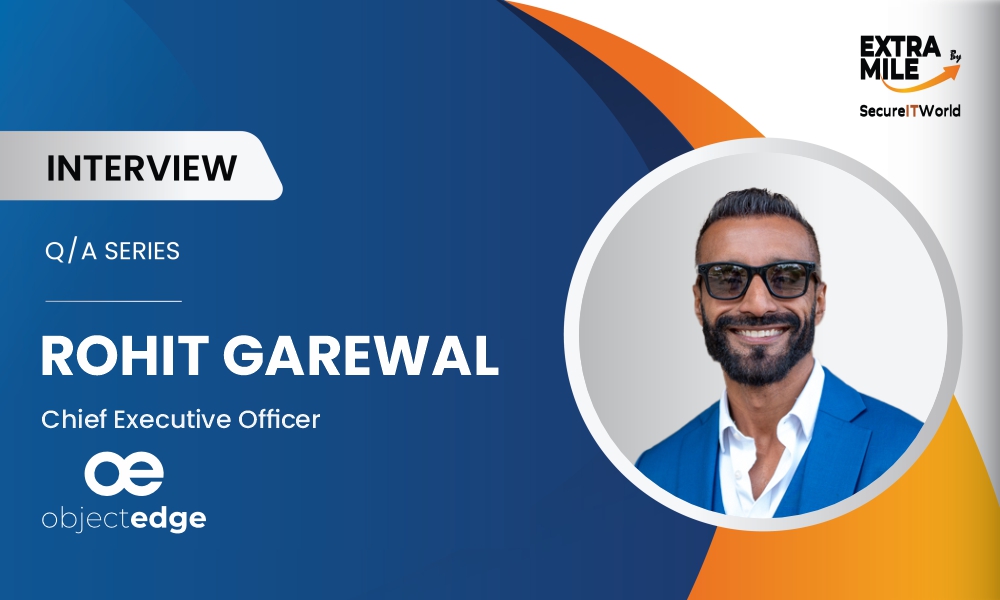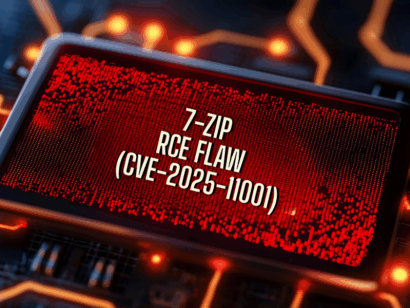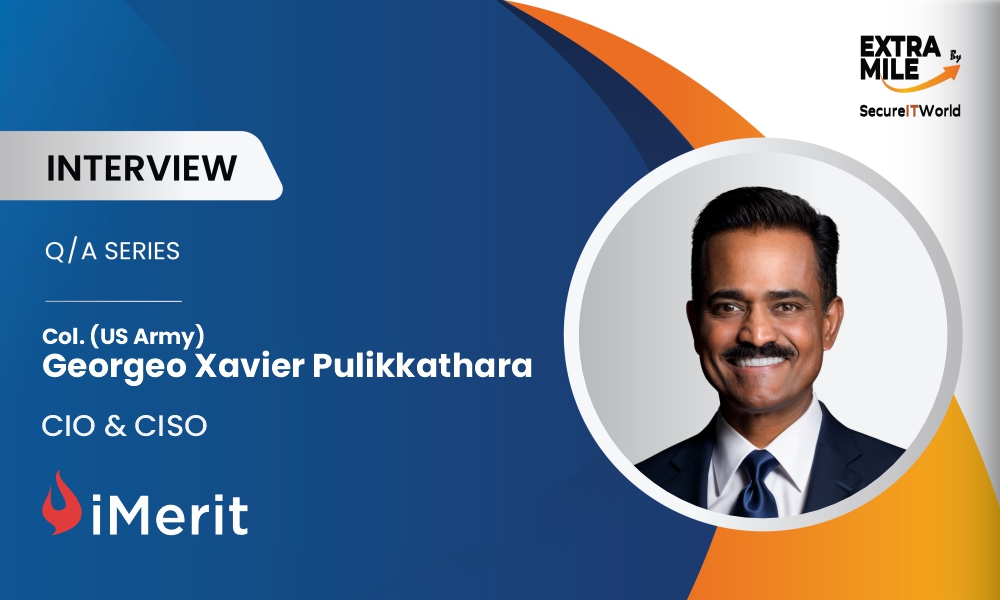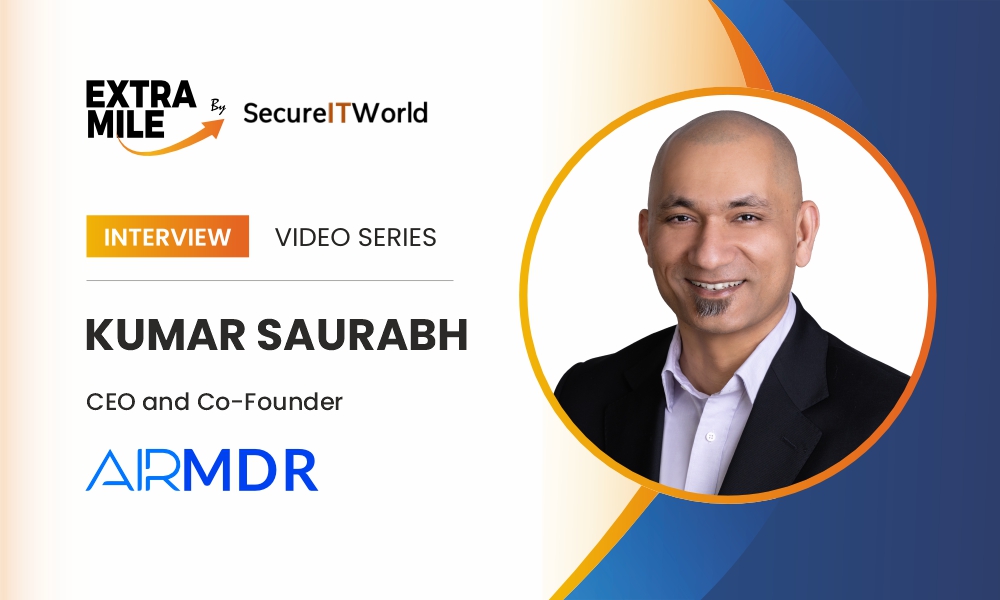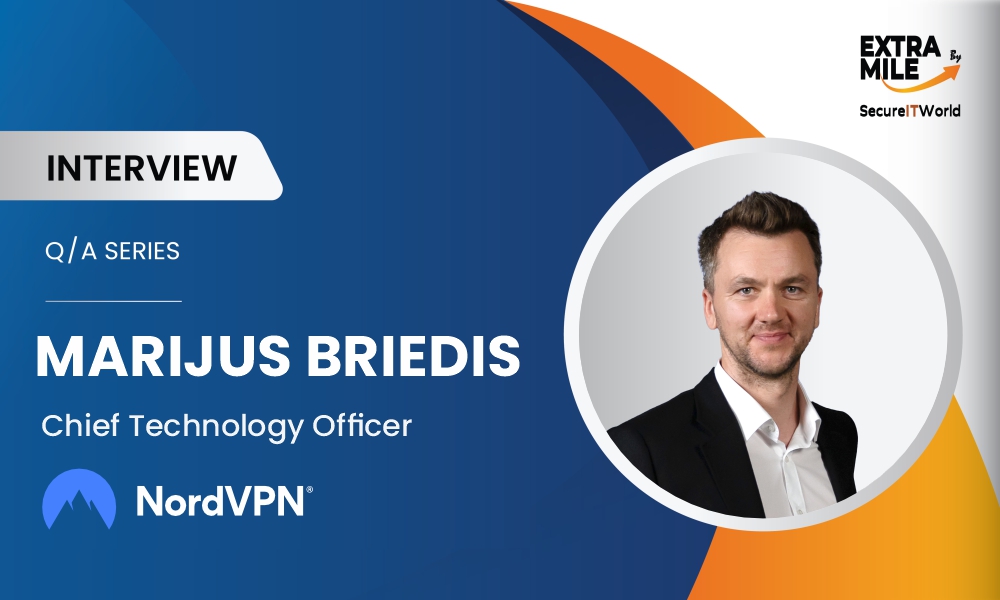ExtraMile by SecureITWorld is a leading interview series with industry leaders and trendsetters who are driving change in the tech and cybersecurity sectors. Here, we discuss and simplify top innovations, tech trends, cybersecurity, and compliance practices, alongside others.
In this session, Object Edge’s Chief Executive Officer, Rohit Garewal, joined us to highlight the impact of AI-native platforms and the requirement for effective governance strategies for AI-powered platforms. Object Edge is a leading digital consultancy provider and has been assisting organizations in staying aligned with the changing market dynamics.
Rohit has been associated with the tech industry for over 25 years. His contribution to establishing data-driven AI workflows has been exceptional. Rohit is committed to sustaining a result and data-driven approach at Object Edge as the CEO of the firm.
In the discussions, we’ll try to understand the role of AI-native platforms, alongside understanding the necessity of compliance in product innovation. Let’s dive in and evaluate AI-powered platforms, the challenges product teams face, governance in high-growth platforms, and more.
Welcome, Rohit; it’s a delight to have you here!
1. You talk about AI-native platforms as the future of global workforce systems. What does that mean, and why now?
Rohit. “An AI-native platform is one where a semantic layer turns every legacy system into a single, machine-readable source of truth, letting large-language-model agents run workflows, surface knowledge, and coach people in real time.” You have to be AI-Legible.
What it means
Semantic-first architecture – You wrap ERP, CRM, HR, PLM, and point-solutions in an ontological / graph-based semantic layer.
Result: scattered data, rules, and vocabulary become one coherent knowledge graph that LLMs can reason over without forcing a rip-and-replace project.
Agentic user experience – The primary UI is conversational and context-aware. Instead of menu-drilling, a seller asks, “How will this price change affect Q3 margin in EMEA?” and the agent composes the query, pulls governed data, and suggests next actions.
Workflow orchestration by AI – Agents don’t just answer; they trigger transactions, route approvals, update records, and schedule follow-ups through connectors to the underlying systems.
Continuous learning loop – Feedback from each interaction flows back into the semantic layer, improving ontologies, embeddings, and prompt patterns, so the platform gets “smarter” without a new release cycle.
2. Many platforms treat compliance as a necessary evil. You’ve said it's actually a design constraint that can drive product innovation. How?
Rohit. If you treat compliance as a checkbox, it slows everything down. But if you bake it into the product DNA—policy as code, automated rule validation, feedback loops—it becomes a multiplier. It shapes UX, data flows, and market readiness. Great platforms turn friction into intelligence. That’s not a regulatory burden. That’s a competitive advantage.
3. Where does AI actually plug into compliance workflows today—and where is it still under-leveraged?
Rohit. The best use right now is contextual inference—understanding local laws in real time, flagging risks as data enters the system. Natural language models can read policy documents and help ops teams act faster. But where AI is still underused is in the product layer. Most teams aren't treating policy logic as modular or machine-readable. That’s the unlock. Make the rules programmable and let the system self-adjust.
4. What are the biggest mistakes product teams make when building for global compliance?
Rohit. They treat it like plumbing—behind the scenes, out of sight. The reality is that compliance is user-facing. It's in the onboarding flows, the support experiences, the audits. Teams also build in silos. Legal owns policy, product owns UX, and they meet too late. You need integrated governance that lives across the stack.
5. How do you balance the tension between speed and governance in high-growth platforms?
Rohit. You don't balance it. You collapse it. You design systems where governance drives speed. When your policies are automated, when audit trails are built-in, when localization is modular—you move faster because you're not cleaning up messes later. The platforms that scale clean are the ones that start with trust infrastructure.
6. You’ve worked on AI-powered transformations in telecom, healthcare, and manufacturing. What lessons from those sectors apply here?
Rohit. The lesson is simple. The bottleneck is never just tech. It’s analysis, data quality, and workflow orchestration. In every sector, the winners are the ones who align operational data with decision-making in real time. Workforce platforms are no different. You’re managing global variability. AI helps you normalize, predict, and respond faster.
7. What does it take for a company to operationalize AI governance at scale—beyond the tech?
Rohit. Three things. First, clarity—know what decisions matter and who owns them. Second, visibility—connect the data dots across your org. Third, accountability—build feedback loops that learn. AI governance is not a dashboard. It’s a muscle. You have to train it into your org, your workflows, your product.
8. What does success look like for global workforce platforms in 3 years—and what will separate the winners?
Rohit. Success looks like speed without chaos. It’s onboarding partners in days, not weeks. It’s adapting to regulation without code freezes. It’s a platform that’s smart by design, not patched together. The winners will be the ones who treat governance as a growth engine. Everyone else will be catching up.
Discover More In-depth Interviews:

